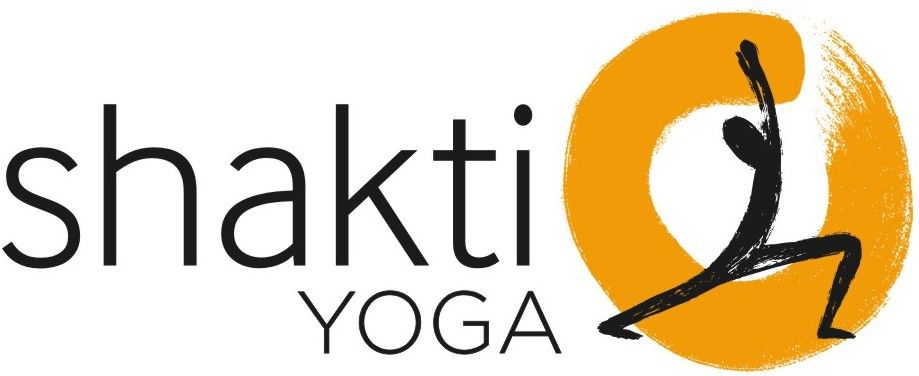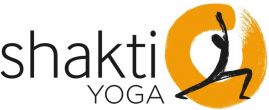3 Sure Fire Yogic Ways to Keep Your New Year’s Resolution
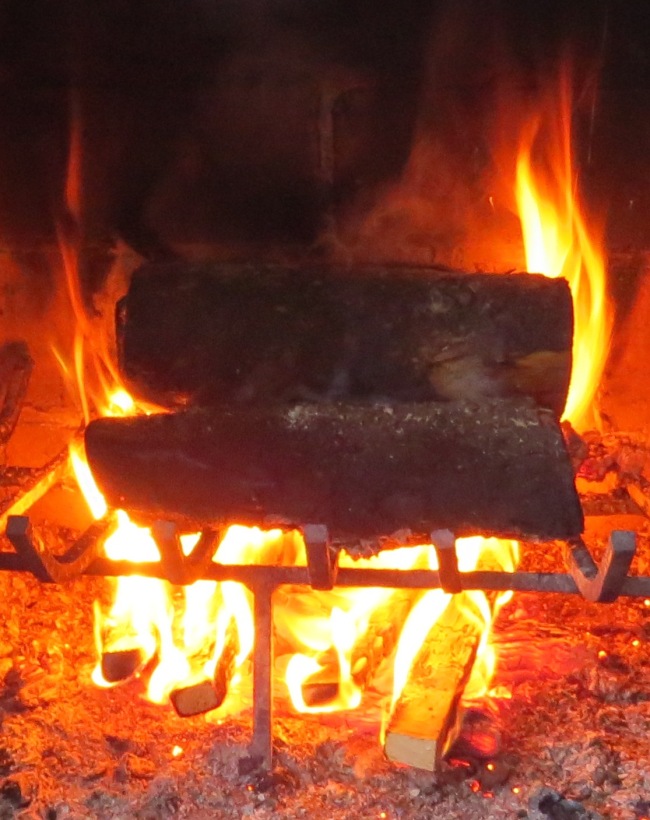 Tis the season for some Tapas. And no I don’t mean the appetizers that we have all probably had a few too many of over the holidays. In yoga philosophy tapas is the Sanskrit word meaning self-discipline. In the yoga sutras, the ancient yoga sage Patanjali places such importance on this concept that he lists tapas as one of the three cornerstones of a yoga practice. Tapas is also granted it the status of being one of the all-important 8 limbs of Ashtanga yoga.
Tis the season for some Tapas. And no I don’t mean the appetizers that we have all probably had a few too many of over the holidays. In yoga philosophy tapas is the Sanskrit word meaning self-discipline. In the yoga sutras, the ancient yoga sage Patanjali places such importance on this concept that he lists tapas as one of the three cornerstones of a yoga practice. Tapas is also granted it the status of being one of the all-important 8 limbs of Ashtanga yoga.
It has been said that the measure of one’s freedom can be determined by the measure of his self-discipline (or tapas). This never rings more true than at the beginning of the year when we are trying to free ourselves from (or to create new) habits. New Year’s Resolutions are things we know will make us happier so why do they so often fail? The answer is; tapas is uncomfortable. The literal translation of tapas is “to cook or to burn”. This an appropriate word to describe self-discipline because change requires discomfort. We must force ourselves to stay inside the fire of tapas long enough to reap the benefits, whether it is eating healthier, exercising more, or thinking positively. The ancient sages recognized that change was hard long before we knew the biology behind this peculiar fact. So, why is change so hard?
Change is hard because it doesn’t feel good. Our nervous systems are wired to maintain homeostasis (i.e. keep things the same). Throughout history our nervous systems have evolved to help us survive by essentially continuing to do the things that have kept us alive thus far. Being happy isn’t really a necessary survival skill. If what we are already doing is maintaining our existence then the nervous system is designed to keep it that way. Even though change might be beneficial it is risky. Change also requires new muscle memories, new connections from sensory nerves to brain, and new pathways to be created inside the brain. It involves changing our “hardware” and it is hard work for the body. Think about learning the typing keyboard, new dance steps, a new piece of music. Remember how great it feels when you finally master it. Our nervous system loves to do what it already knows.
Another reason change is difficult is that our brains work economically. We don’t have much space in our conscious minds to do many things at once. As soon as something becomes second nature we relegate it to the unconscious. This is why we can eventually chat as we drive a car without crashing, or plan our day as we mow the lawn without cutting off our toes. The first day we did either of these things we were probably much more focused on driving and mowing. Our unconscious (i.e. our habits, second nature skills and thought/emotion patterns) is, in fact, most of what we are. Picture your mind as a big black square with just one little dot of white. That dot of white is your conscious mind. It is no wonder new year’s resolutions are so hard to keep. They are made with that little white dot of consciousness. The black area represents the storage space for automatic behaviors and beliefs that are already hard wired into your brain and done without thought. This area does NOT get the information your consciousness sends about your resolution. The result is the curious return to self-destructive habits that your conscious mind knows to be eroding wellness.
chat as we drive a car without crashing, or plan our day as we mow the lawn without cutting off our toes. The first day we did either of these things we were probably much more focused on driving and mowing. Our unconscious (i.e. our habits, second nature skills and thought/emotion patterns) is, in fact, most of what we are. Picture your mind as a big black square with just one little dot of white. That dot of white is your conscious mind. It is no wonder new year’s resolutions are so hard to keep. They are made with that little white dot of consciousness. The black area represents the storage space for automatic behaviors and beliefs that are already hard wired into your brain and done without thought. This area does NOT get the information your consciousness sends about your resolution. The result is the curious return to self-destructive habits that your conscious mind knows to be eroding wellness.
So what does this all mean for our new year’s resolutions? Now that you know how your nervous system and neuroplasticity works you can pursue your resolution with motivated perseverance, understanding and Swadhyaya (self-study). Try the tips below:
Set a Minimum Time to be in the Fire The good news is that the neuroplasticity that initially allows us to create these self-harming habits also allows us to also create healthy ones. It just takes some tapas. Recognize that the first time you start a new behavior is the most difficult act. Each repetition of the behavior makes it progressively easier. Visualize a fast flowing stream to represent the electrical charge that flows through your neural connections when you enact a behavior. The major artery of your river is your strongest unconscious habit. You do it whether you are thinking about it or not. Now take a stick and scrape out an offshoot into the riverbank and allow some of that fast flowing water to take a new course. This is like doing a new behavior for the first time. It’s hard to make that first groove and the water begins as just a trickle. The second time is marginally easier but continues to be hard. It does get easier each time you scrape out that groove but until you have created a gouge large enough to rival the power of the original river flow it will always be easier to backslide than to continue the new behavior. This is why a 30 day challenge can be so powerful. You commit yourself to staying in the fire of tapas for 30 days. You fully expect it to be hard for 30 days but plan to do it anyway. Hopefully by the end of 30 days your new tributary has had its banks ripped wide by the power of your tapas. If it is at least equally as powerful as the old flow then you may continue the new behavior into perpetuity with the old pathway eventually disappearing completely. Simplistic though this image is, it is a pretty good visual of what happens in your brain when you start a new behavior. You simply persevere until your brain has set up a smooth neural pathway for this new behavior or thought pattern. Eventually it is easier to do the new behavior than the old. Having a partner join you may help you to motivate each other.
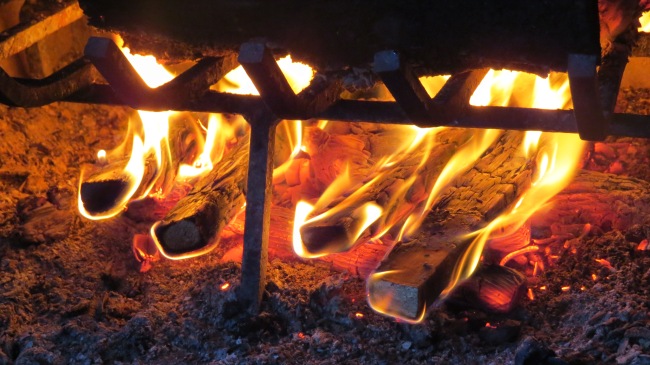 Talk to your Unconscious The unconscious is simply a recording that has been made and filed for ease of retrieval. It frees us from further investment of thought. It isn’t actually trying to undermine our efforts. At some point in our lives our consciousness instructed our unconscious to feel fear when a certain thing happens, to eat a certain foods when we are sad, etc. The unconscious dutifully follows these directions ad nauseam. The tricky thing is we don’t usually have access to all the layers of our minds when we are fully alert. Our unconscious listens most effectively when we speak to it while in varying states of relaxation. Repeated doses of visualizations and affirmations while experiencing different levels of brain wave activation allow us to share our desired outcomes with the unconscious. This is why the yoga practice of Yoga Nidra can make big shifts in our most basic emotional and mental beliefs (for info on the next Shakti Yoga Nidra Teacher Training go to this link). It is also the core of my birth preparation sessions, the result of which are women having calm and enjoyable birth experiences as a result of having re-trained their unconscious to believe that birth can be comfortable. People also use yoga nidra/guided meditation/hypnosis to change habits such as smoking or to release fears.
Talk to your Unconscious The unconscious is simply a recording that has been made and filed for ease of retrieval. It frees us from further investment of thought. It isn’t actually trying to undermine our efforts. At some point in our lives our consciousness instructed our unconscious to feel fear when a certain thing happens, to eat a certain foods when we are sad, etc. The unconscious dutifully follows these directions ad nauseam. The tricky thing is we don’t usually have access to all the layers of our minds when we are fully alert. Our unconscious listens most effectively when we speak to it while in varying states of relaxation. Repeated doses of visualizations and affirmations while experiencing different levels of brain wave activation allow us to share our desired outcomes with the unconscious. This is why the yoga practice of Yoga Nidra can make big shifts in our most basic emotional and mental beliefs (for info on the next Shakti Yoga Nidra Teacher Training go to this link). It is also the core of my birth preparation sessions, the result of which are women having calm and enjoyable birth experiences as a result of having re-trained their unconscious to believe that birth can be comfortable. People also use yoga nidra/guided meditation/hypnosis to change habits such as smoking or to release fears.
Embrace the Joy of Discomfort In essence, if enacting your resolution is making you uncomfortable then you know something BIG is happening at that new fork of that tributary in your nervous system. New neural connections are being made. Your brain is literally re-wiring! If you can get past this bout of discomfort today a whole bank of your new tributary may suddenly collapse and make way for flow. 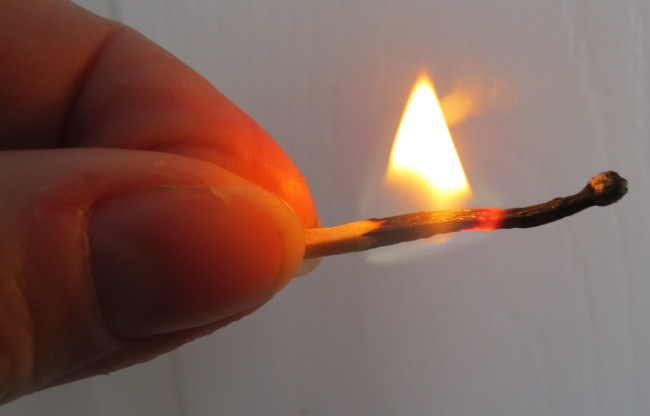 This could be the turning of the tide. As the ancient sages often wrote, “accept the pain as purification”. This is as true in the action of not saying/doing an habitual behavior as it is in your meditation and asana practice. If the action is easy it is probably not creating much change. Your daily tapas could be to do the yoga pose that you hate every day, to push yourself past that last uncomfortable minute of sitting still in meditation, or to replace an unhealthy habit with a healthy one. You will know you have reached purification when you come to love that previously hated yoga pose, when you have sat in meditation twice as long as you had intended, and you don’t even miss not doing the action you are trying to eliminate. The purification feels amazing!
This could be the turning of the tide. As the ancient sages often wrote, “accept the pain as purification”. This is as true in the action of not saying/doing an habitual behavior as it is in your meditation and asana practice. If the action is easy it is probably not creating much change. Your daily tapas could be to do the yoga pose that you hate every day, to push yourself past that last uncomfortable minute of sitting still in meditation, or to replace an unhealthy habit with a healthy one. You will know you have reached purification when you come to love that previously hated yoga pose, when you have sat in meditation twice as long as you had intended, and you don’t even miss not doing the action you are trying to eliminate. The purification feels amazing!
If you are still unsure of the sensation of tapas try an experiment to puts your neuroplasticity into perspective by changing something in your brain that is “hard wired”. For example, I recently relocated the garbage under the kitchen sink from the left side door to the right. Putting things in the left side kitchen garbage was an unimportant action that had become buried deep in my unconscious automatic behaviors. Even though I probably opened that door a dozen times daily it took me very close to a full month before I completely stopped opening the left side door first. This was hard even though it was an activity completely unwired with emotion. Such practices are a neutral way to explore tapas before taking on more challenging emotionally wired practices like smoking, eating, or snapping at a family member when they push your buttons.
Is there nothing you want to change in your life? Great. Tapas is still a fabulous practice to explore how long it takes your brain to rewire, and to stimulate your neurons in general. Somewhere deep inside us we recognize that tapas in any form has far reaching consequences that shake us to our physical, mental, emotional and spiritual core. From the newfound knowledge gained in your neuroplasticity experiments you will be better prepared to transform your eating habits, your movement habits, your patterns of thought, your meditation or asana practice.
Can you show courage and stay in the fire until you find the blessing? Yes you can.
Wishing you a wonderful new year warmed by the fire of your tapas.
Articles
-
Shatavari Tea Especially Beneficial for Women
-
Healthy Chia Partridgeberry Jam
-
Two Reasons to Make Neurogenic Yoga a Regular Part of Your Life
-
Five Reasons to Study Yoga Nidra
-
Ancient Text Modern Relevence
-
Tips From a Chick on Using Stress to Get Healthier!
-
Calming Chocolate Date Bark
-
The Psoas, Sitting, and Stress Connection
-
Massaged Kale and Goat Cheese Salad
-
Becoming a Yoga Teacher
